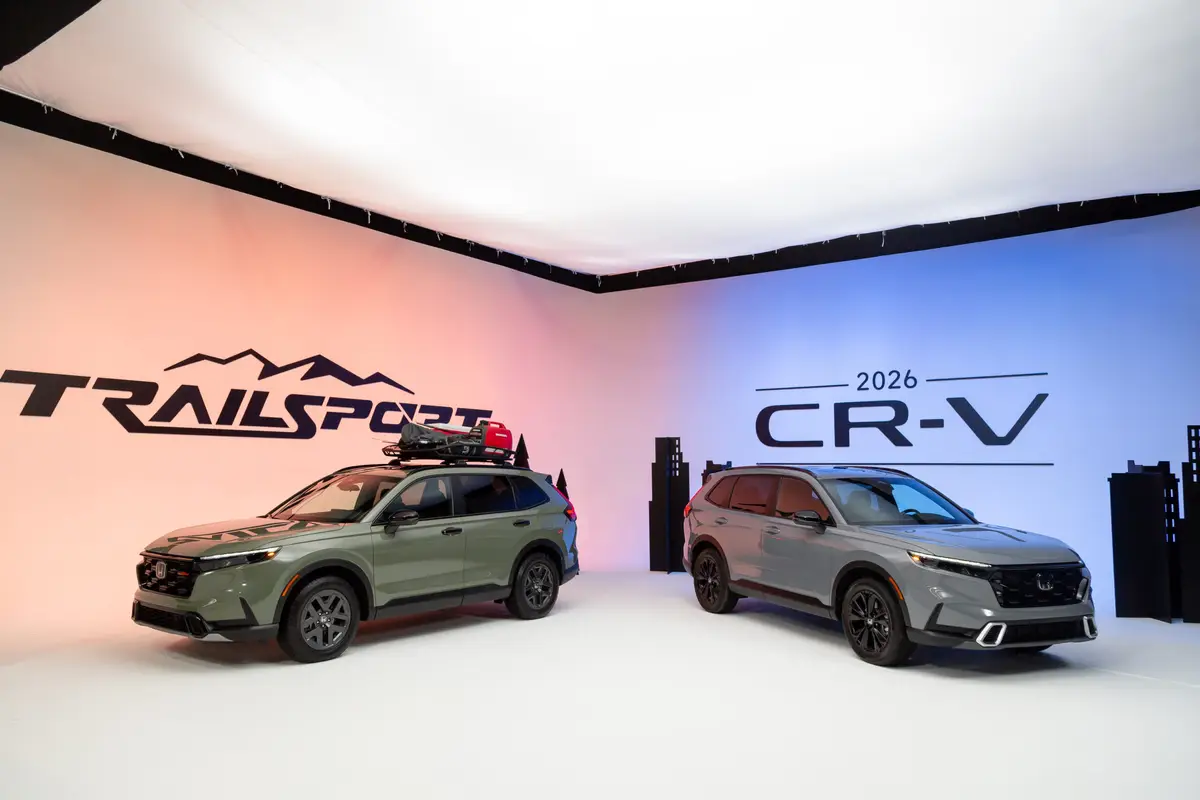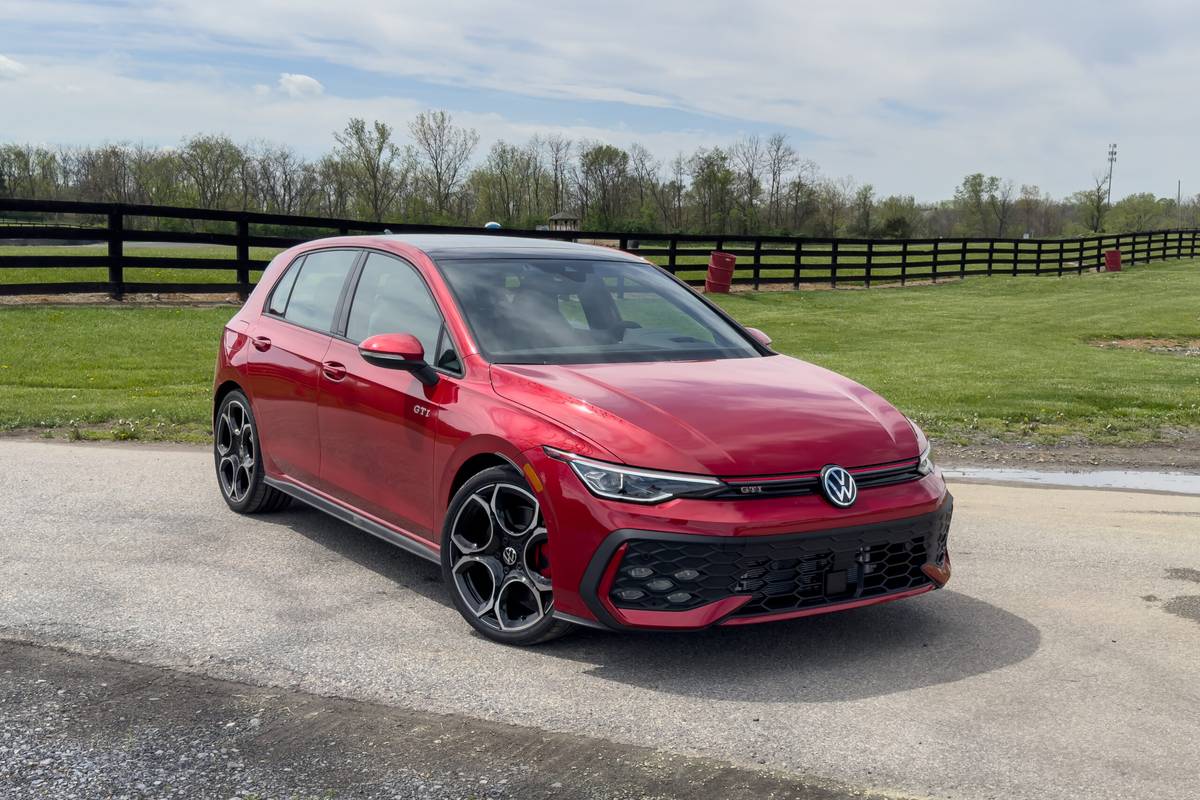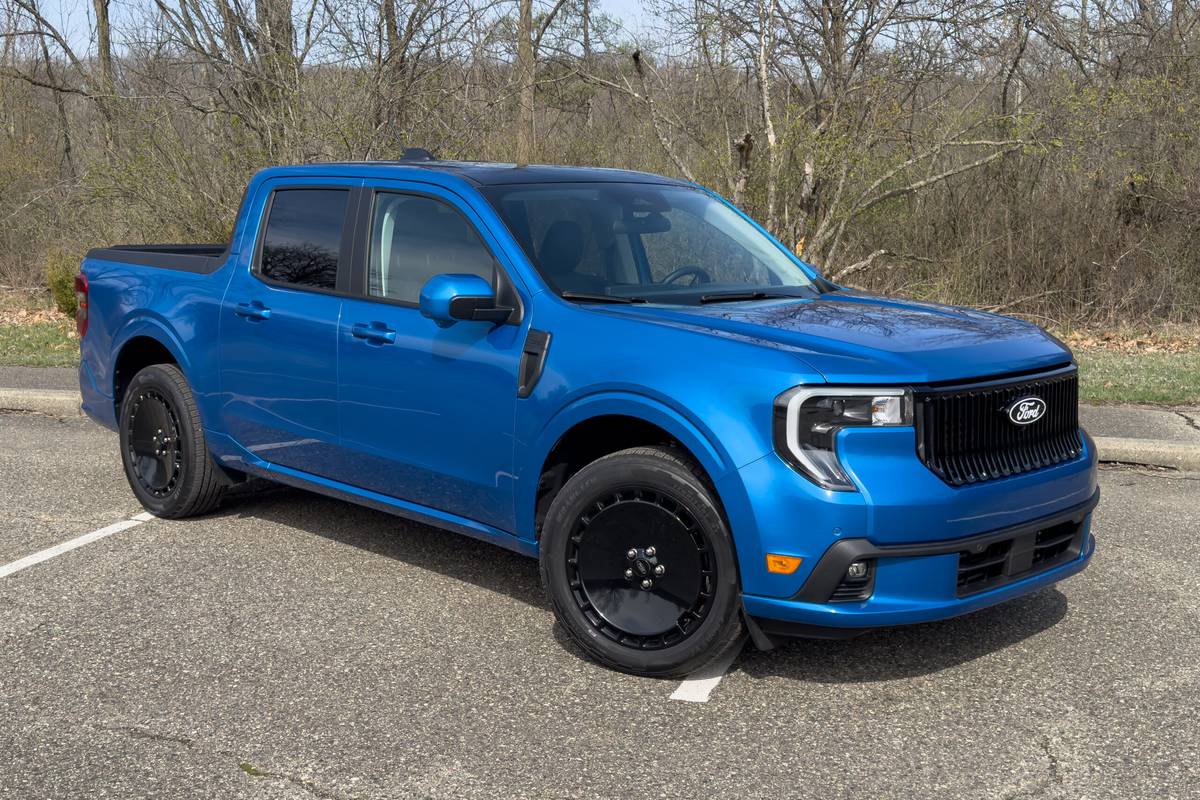2010 Volvo XC70: What's New
Vehicle Overview
The XC70 is an off-road-themed version of Volvo’s traditional V70 wagon. (The V70 is covered in a separate report.) The wagon comes with adjustable child booster seats in the second row. The XC70 competes with the Subaru Outback and Volkswagen Passat wagon. It is sold in 3.2 and T6 trim levels.
New for 2010
A new six-cylinder engine produces fewer emissions than the standard engine. It’s optional on the 3.2 model.
Exterior
The front of the XC70 features a new grille that looks similar to the one on Volvo’s XC90 SUV. The nose of the wagon is distinguished from the V70 by its bright fog-light surrounds and dark bumper cladding. The wagon’s cladding extends around the lower edge of the XC70’s sides and around back to the rear bumper, where the XC70 has a flat-black treatment with a bright-colored section, compared with the V70’s body-colored bumper. Ground clearance is 8.3 inches.
Exterior dimensions are fairly large: With a 190.5-inch length and 75.8-inch width, it has both a wider stance and more length than its competitors.
- Available 16-, 17- or 18-inch alloy wheels
- Standard aluminum roof rails
- Standard power, heated mirrors with integrated turn signals
- Optional power liftgate
- Optional rain-sensing windshield wipers
- Optional bi-xenon headlights with articulating lenses
Interior
Like the V70, the five-seat XC70 has a simple dashboard layout with a thin center stack that houses audio and climate controls. Stylized trim pieces surround the dashboard air vents and console gear selector. The rear seats are split 40/20/40, and the outboard ones can be heated.
Passenger volume comes in at 98 cubic feet. Behind the rear bench, you’ll find 33.3 cubic feet of cargo space. With those seats folded down, that balloons to 72 cubic feet.
- Available cloth or leather seating
- Standard dual-zone automatic climate control with backseat ventilation on B-pillar
- Standard leather-wrapped steering wheel and shifter
- Optional navigation system with real-time traffic controls
- Optional dual-screen entertainment system (screens integrated into headrests)
- Optional 12-speaker surround-sound system
Under the Hood
What makes the difference between the V70 and XC70 is the latter’s all-wheel-drive system. Volvo’s Four-C driver-adjustable suspension system is available. Hill descent control is designed to keep the XC70’s speed at 6 mph when traversing challenging terrain. For 2010, 3.2 models also get the option of a six-cylinder engine that produces fewer emissions than the standard six-cylinder. That engine is classified as a Partial-credit Zero Emissions Vehicle.
- 235-horsepower, 3.2-liter six-cylinder with 236 pounds-feet of torque
- Optional 225-hp, 3.2-liter six-cylinder with 221 pounds-feet of torque
- 281-hp, 3.0-liter turbocharged six-cylinder with 295 pounds-feet of torque standard on T6
- Standard six-speed automatic transmission with manual shift function
- Standard all-wheel drive
Safety
Collision Warning with Brake Support and a blind spot warning system are two safety features available in the XC70. CWBS uses a light and sound to warn the driver if it senses a collision may occur, and it applies the brakes if the driver doesn’t respond to the alert. The blind spot system, meanwhile, keeps tabs on cars on either side of the XC70. Volvo’s WHIPS technology is designed to cradle front occupants during a rear-impact crash.
- Standard side-impact and side curtain airbags
- Standard antilock braking system with hydraulic brake assist
- Standard electronic stability and traction control
- Optional adaptive cruise control
- Optional lane departure warning system
Featured stories




